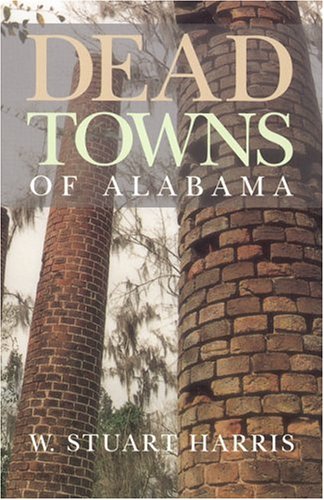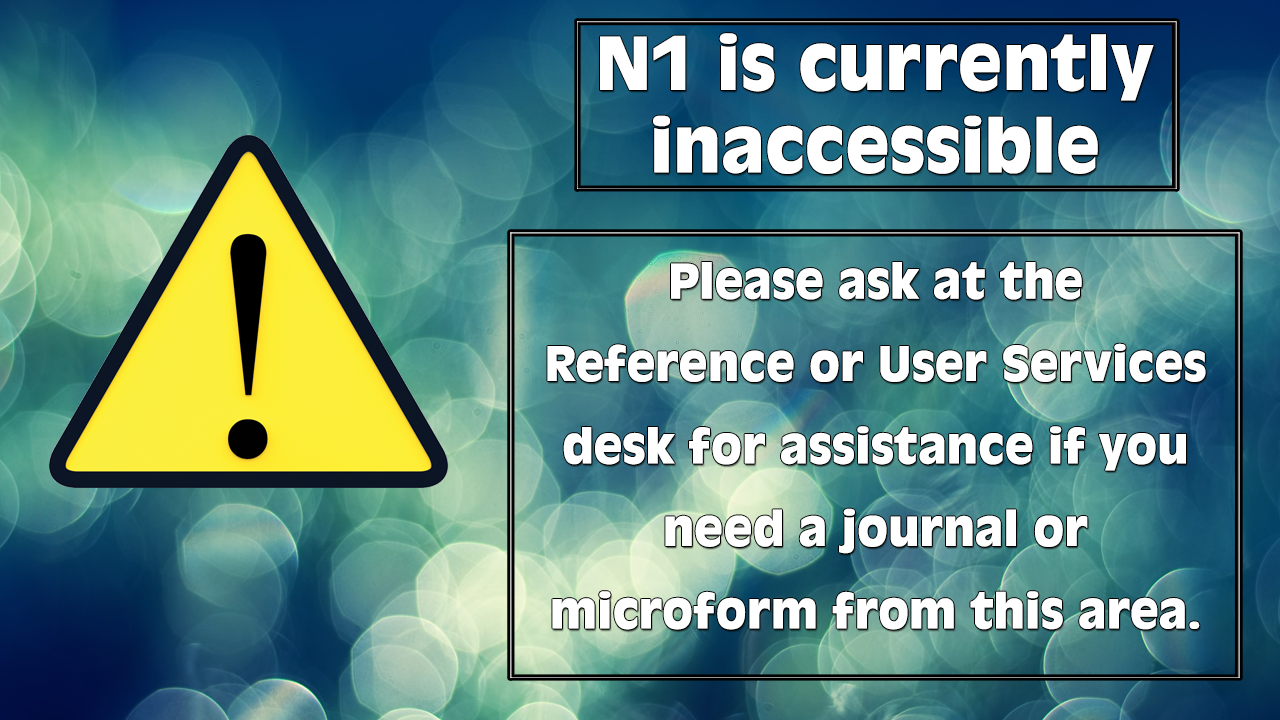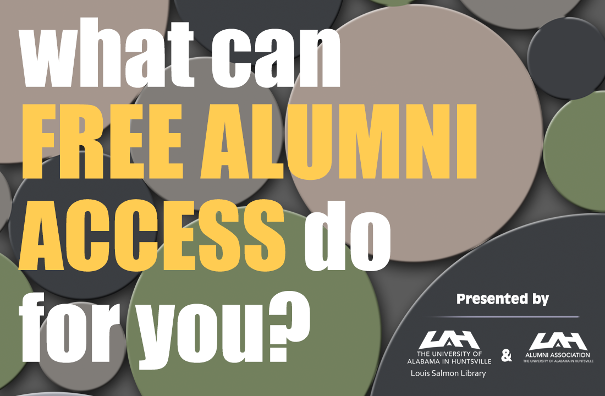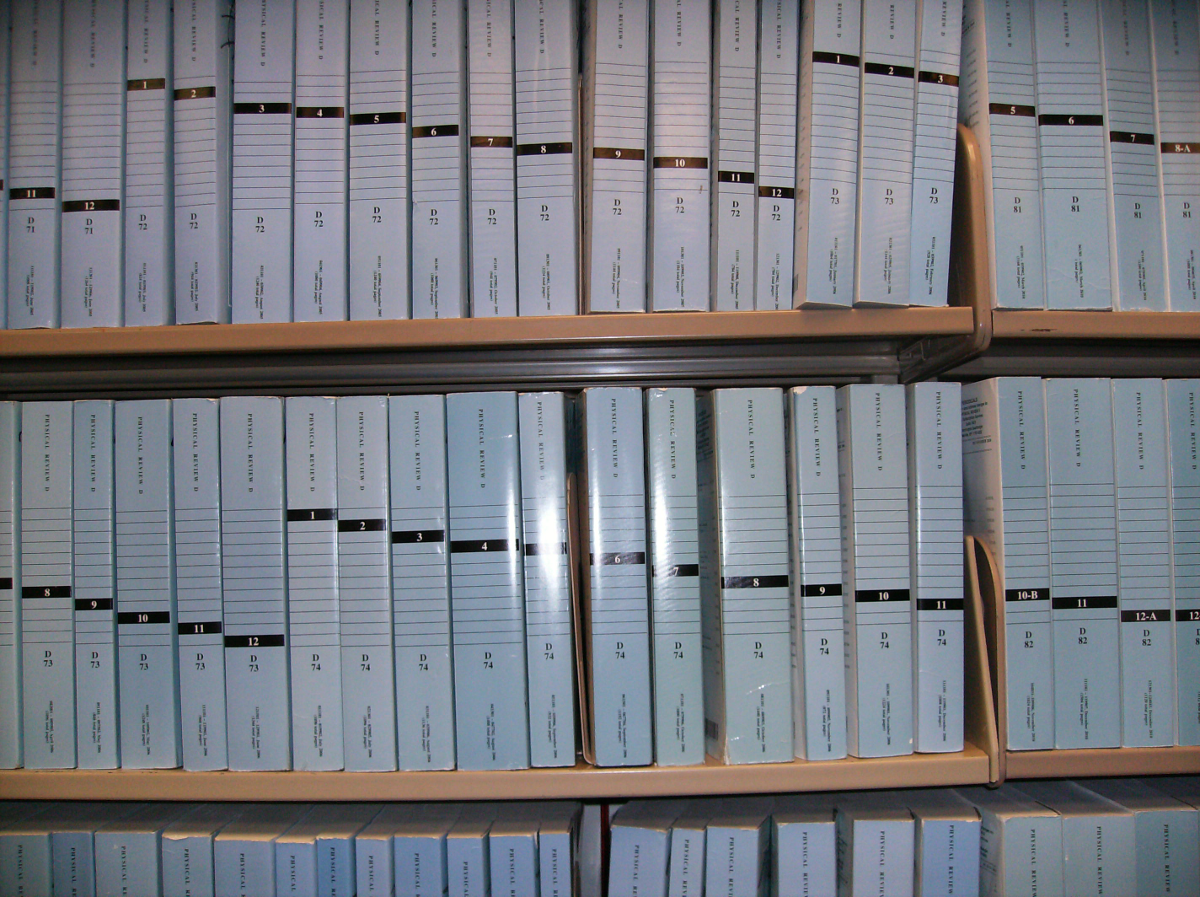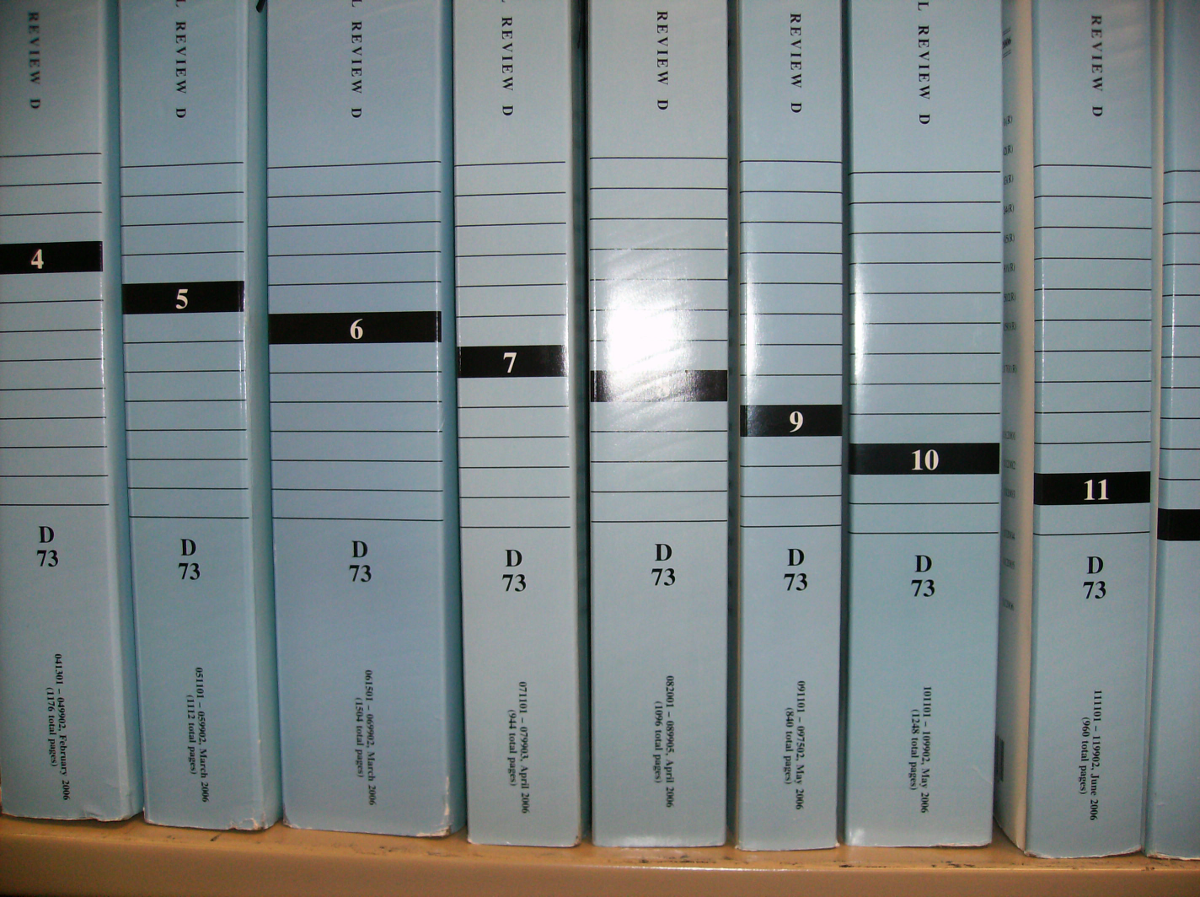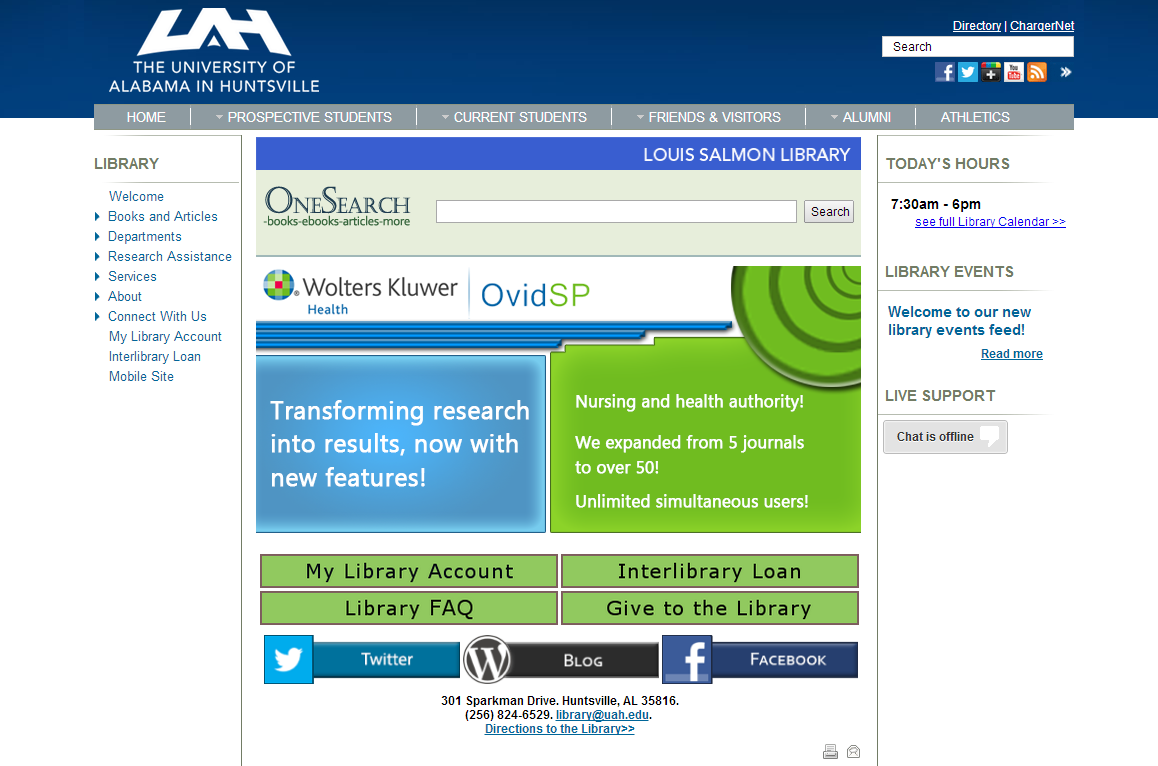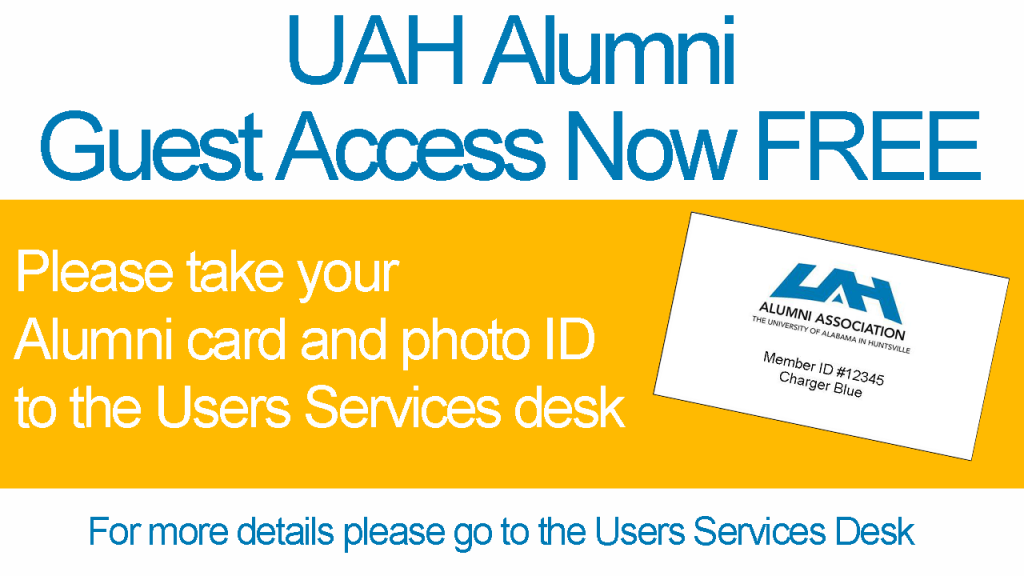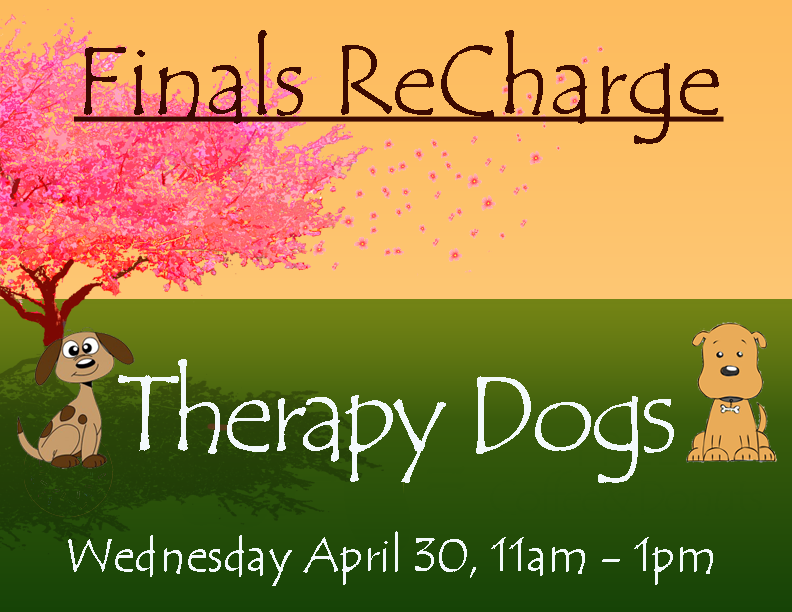Curious about a local road trip for the summer? Interested in odd bits of lost local culture? Just curious about where some of the roads got their names? Try out W. Stuart Harris’s Dead Towns of Alabama. A encyclopedic collection of blurbs and short anecdotes about towns, settlements, and sites around the state.
The information ranges from tiny to fairly interesting, and it often fills in formative gaps for the early development of the state. The 1977 edition has a surprising lack of maps or precise locations, but it does have bits like this, about the town of Ditto’s Landing:
Situated on the north bank of the Tennessee River, this early Madison County river landing was 10 miles south of Huntsville, approximately where U.S. Highway 231 crosses the river today. John Ditto, a Pennsylvanian, was possibly the first white man to reside in what is today Madison County. He operated an Indian trading station long before the settlers came into the region. He established the first landing used by the pioneers between Chattanooga and Colbert’s Ferry.
In 1820, John Hardie operated a store at Ditto’s Landing, where he received and distributed goods for the firm of Read and White (see Mardisville). Colonel James White, who owned an ironworks and a salt firm in East Tennessee, shipped his products to Hardie by way of the river.
It goes on to say that it was later changed to Whitesburg, in honor of Colonel White.
So, maybe a hobbyist/specialist resource, but it is worth at least a browse. We have it here in the stacks as a physical book with call number F334 .H37 (this on the second floor, north section). We also have it as an ebook through our Ebsco Ebook Collection. That ebook is viewable by only one person at a time, so if it says that it is in use, try again later.
If you are curious about getting your own copy, you can order it from the University of Alabama Press, as a paperback, for $19.95. There, it is described as
This easy-to-use reference work documents the many long-vanished towns, forts, settlements, and former state capitals that were once thriving communities of Alabama.
Dead Towns of Alabama is not merely a series of obituaries for dead towns. Instead, it brings back to life 83 Indian towns, 77 fort sites, and 112 colonial, territorial, and state towns. W. Stuart Harris conjures up a wealth of fascinating images from Alabama’s rich and colorful past–images of life as the Indians lived it, of colonial life in the wilderness, of Spanish explorers and French exiles, of danger and romance, of riverboats and railroads, of plantations and gold mines, of stagecoaches and ferries. Overall, it presents a thoroughly absorbing panorama of Alabama’s early history.
Here we learn about two former capitals–St. Stephens and Cahaba–that have deteriorated to mouldering ruins now. We learn about once thriving communities–county seats, river landings and crossings, trading posts, junctions, and other settlements–that time has forgotten. Absent from most maps, these sites come alive again in Harris’s fascinating account, filled anew with the bustling activity of their former inhabitants.
First published in 1977, Dead Towns of Alabama is a unique guidebook to every region of the state. It is an invaluable resource for historians, students, tourists, and anyone interested in exploring Alabama’s interesting historical and cultural past.
Happy dead town hunting…

